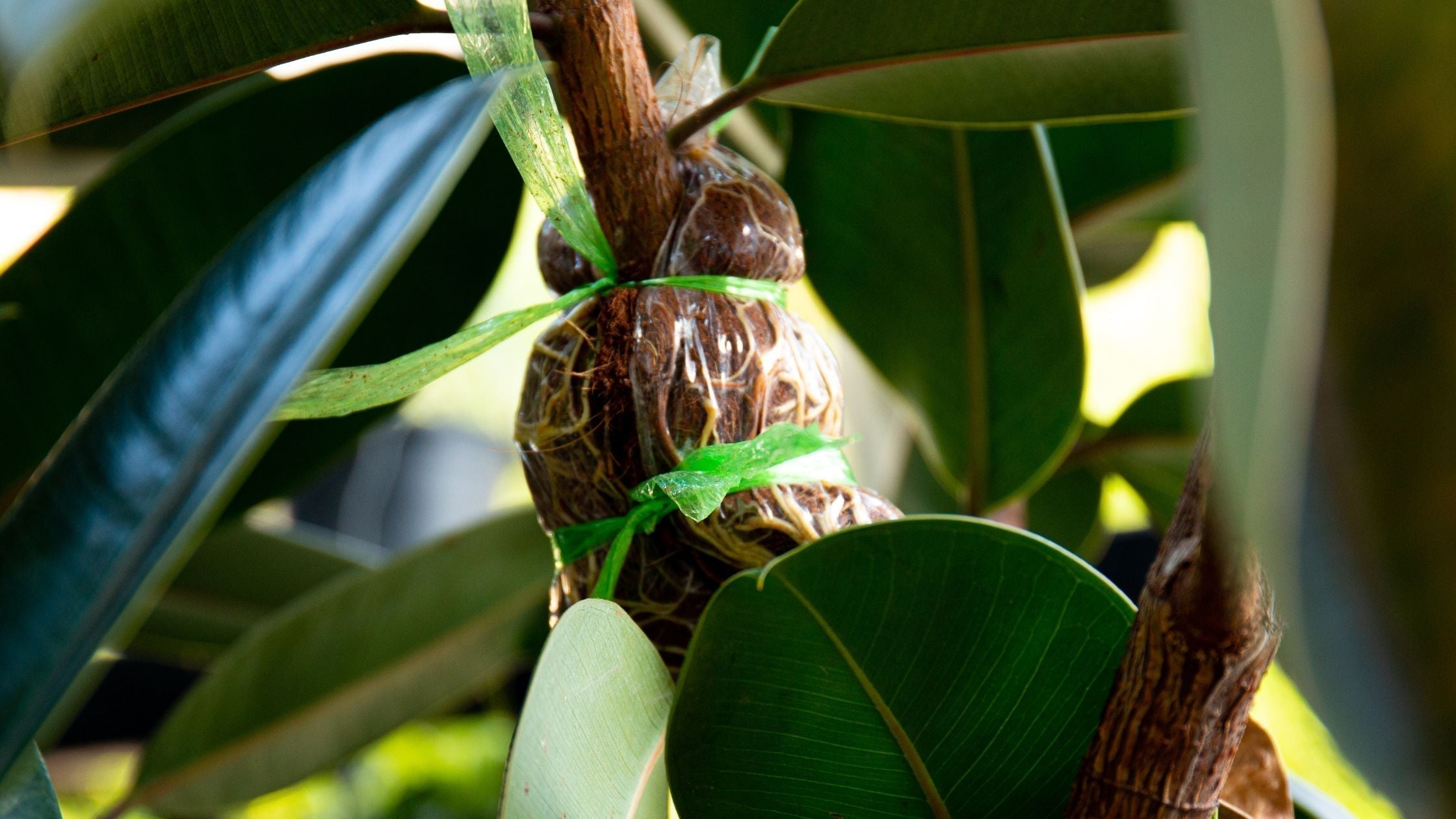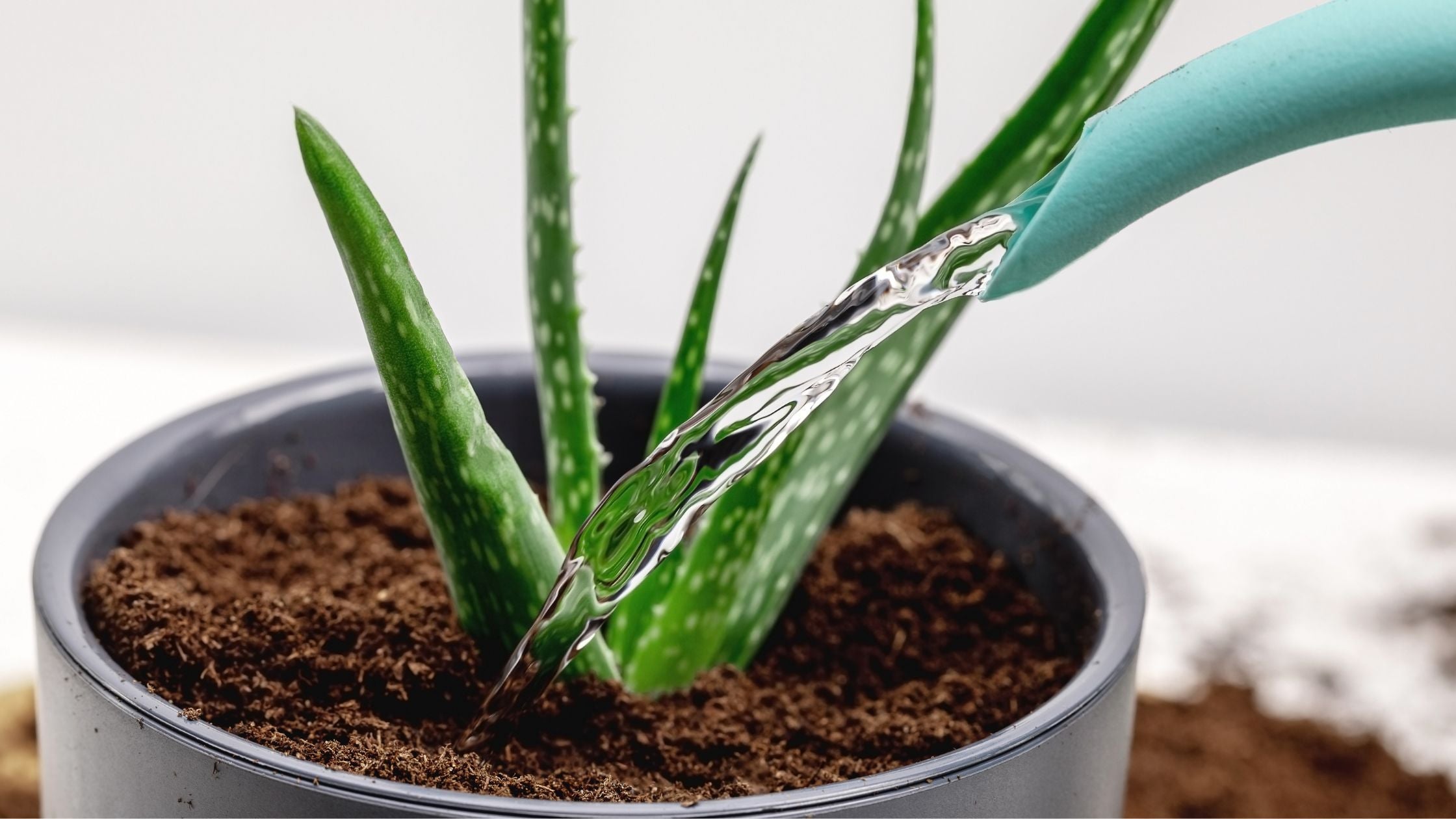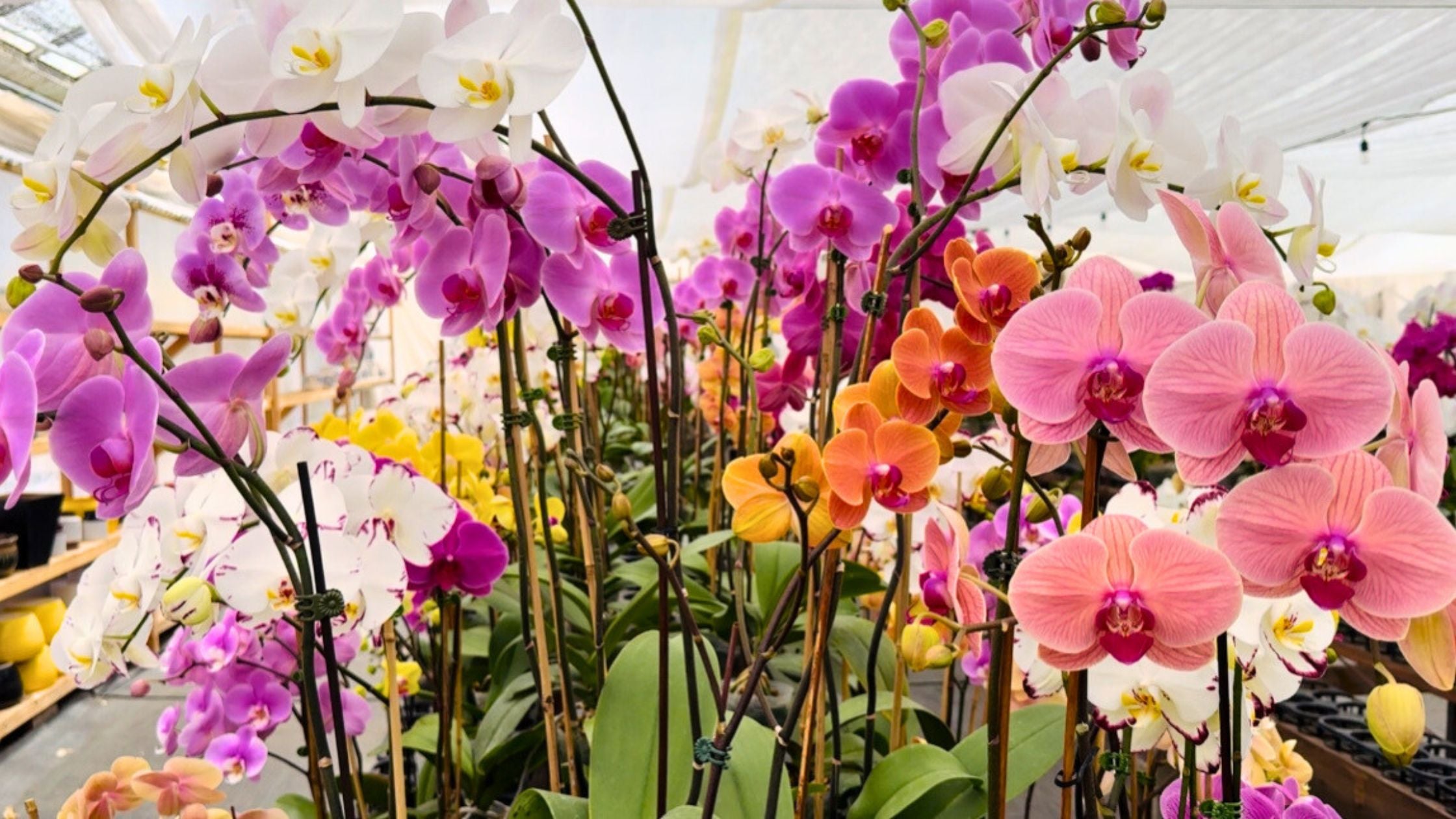
Air Layering Plants For Propagation
Air layering can be a fun and effective way to propagate houseplants. This method works with many houseplants, has a high success rate, works relatively quickly, is easy to do, and doesn't require fancy materials.
In this post we will discuss how to propagate any plant with air layering, and I will demonstrate air layering on my Ficus Audrey. Read on to take your houseplant propagation game to new levels.
What is air layering?
If you're into houseplants, you've probably propagated a plant from a cutting. This is one of the most common ways to propagate plants, and it simply involves taking a cutting and letting it root in water or soil.
Air layering plants is a lot like propagating cuttings. The main difference is that you help the plant produce roots on the stem before making a cut.
To air layer, you wrap a vine or trunk of a plant in damp spaghnum moss (or other growing substrate). This creates a moist and dark environment, to which the plant reacts by stimulating root formation. This way, you get healthy, viable roots on the stem without severing it from its mother plant.
After sufficient roots have formed, the rooted part of the plant stem can be cut and planted.
Why is air layering done?
Air layering is the go-to propagation method for many different types of houseplants. It has a high success rate and works well for many varieties that don't propagate easily with other techniques.
For example, many people have trouble propagating variegated monsteras or philodendrons via cutting. Their cuttings can sit in water for weeks and barely form roots. In the worst cases, these cuttings begin to rot and end up in the compost. Air layered greatly reduces the risk of cutting without the reward of a successful propagation.
Do I need to girdle my plant for air layering?
If you hope to air layer a plant with a thick woody stem, you will first need to girdle the plant stem. Not to be confused with girdling done to kill a tree by cutting deep into the heartwood, girdling for air layering gently peeling off only the bark and cambium layer - the green between the bark and the heartwood. This method is ideal for air layering plants with thick woody stems like Ficus, Croton, and Schefflera.
For aroids like Pothos, Monstera, Philodendron and other plants that are already prone to making aerial roots, you can simply select a node that you desire to grow roots, remove any obstructing leaves or sheaths, and proceed with air layering.
How to air layer
For this post, I'm going to show you how I layered my Ficus Audrey. For some reason this houseplant has been growing prolifically but also looks leggy, so I decided to air layer her. Here's what I used:

Air layering tools
- Very sharp knife, disinfected (if air layering a woodier stem)
- Sphagnum moss - coco coir or peat moss can work too but do not use
- Rooting hormone (optional)
- Plastic wrap - about a 12" piece
- potting soil or anything with nutrients
- Twist ties, string, or tape for securing
- It can help to have an extra pair of hands, but it is by no means necessary
Step 1
Rehydrate your sphagnum moss in a bowl of water. You want it moist but not dripping wet, so squeeze out excess moisture before continuing.

Step 2
Decide where you want to do the air layer. There is no need to match it up with a node, but leave at least a few leaves or nodes above where you want to do the air layer. You may need to remove some leaves and leaf sheaths before girdling.

Step 3
If you are air layering a ficus or other woodier plant like I am here, use the knife to gently peel away the the bark and cambium as if you were peeling a potato. The cambium is the thin green layer between the bark and the heartwood.
Start shallow and go from there so you do not cut into the heartwood.

Step 4
Add rooting hormone, if using. I didn't use any this time only because I didn't have any handy.
Step 5
Next, wrap a handful of sphagnum around the stem where you have decided to do the air layer.

Step 6
Secure the sphagnum moss ball with plastic wrap, stretching slightly for a snug fit. This part can be tricky and takes practice, but do as best as possible and retry it if necessary. I prefer using cling wrap because the stickiness makes the wrapping easier, but this means you'll have to unwrap later to look for roots.

Step 7
Once you have the sphagnum wrapped up, support it with twist ties, string, or tape. Do this at the top and bottom of the air layer. I used some gardener's velcro that I had laying around, which works great and can be easily removed and refastened when checking for moisture and roots later.
Voila! Your air layering is complete.

Step 8
In 4-6 weeks, gently open the package, check root development, and rehydrate the moss. It will likely still need another 4–6 weeks, so once rehydrated, gently rewrap and secure.
Step 9
Once sufficient roots have formed, cut your plant stem below your air layer. As much of the plant stem should be removed below the air layer as possible. Finally, you can plant this newly rooted beauty!
I'll be updating this post with my results when they are ready!
Which houseplants propagate best with air layering?
Air layering must be done on plants with above-ground nodes. To learn more about identifying nodes, read this post.
Air layer works well with plants that have either woody or semi-woody tissues. On tall and lanky plants this propagation method can also ensure your potential cutting has roots before making a drastic chop. For the same reason, air layering can be ideal for more challenging cultivars like variegated varieties and other high-value plants.
Generally speaking, aroid house plants (Philodendron, Monstera, etc.) do not require girdling, while larger plants with hard woody stems prefer it.
These plants can be air layered without girdling:
- Philodendron (vining)
- Rhaphidophora
- Monstera
- Pothos
These houseplants usually require girdling to be air layered:
- Ficus (including Audrey, Fiddle Leaf Fig, Rubber trees, and more!)
- Schefflera
- Hibiscus
- Dracaena
- Dieffenbachia
- Alocasia
Ready to try air layering?
Which plant will you air layer first?



Leave a comment
This site is protected by hCaptcha and the hCaptcha Privacy Policy and Terms of Service apply.